Discover stunning Chinese New Year costume ideas inspired by Hanfu traditions! From festive red robes to modern fusion styles, find the perfect Lunar New Year outfit. Explore now!


Discover stunning Chinese New Year costume ideas inspired by Hanfu traditions! From festive red robes to modern fusion styles, find the perfect Lunar New Year outfit. Explore now!

Explore why Ming dynasty attire stands as the “epitome of formal dress and proper etiquette” in the Hanfu system. It blends past dynastic essence, strict structure, and Confucian aesthetics—covering scholars’ robes, imperial regalia, and commoners’ wear—while this article delves into its structural features, aesthetic styles, and cultural symbolism.

Explore the splendor of Ming dynasty clothing on our blog. Discover the styles, cultural significance, and modern applications of Ming dynasty Hanfu. [your website name]’s in – depth guide.
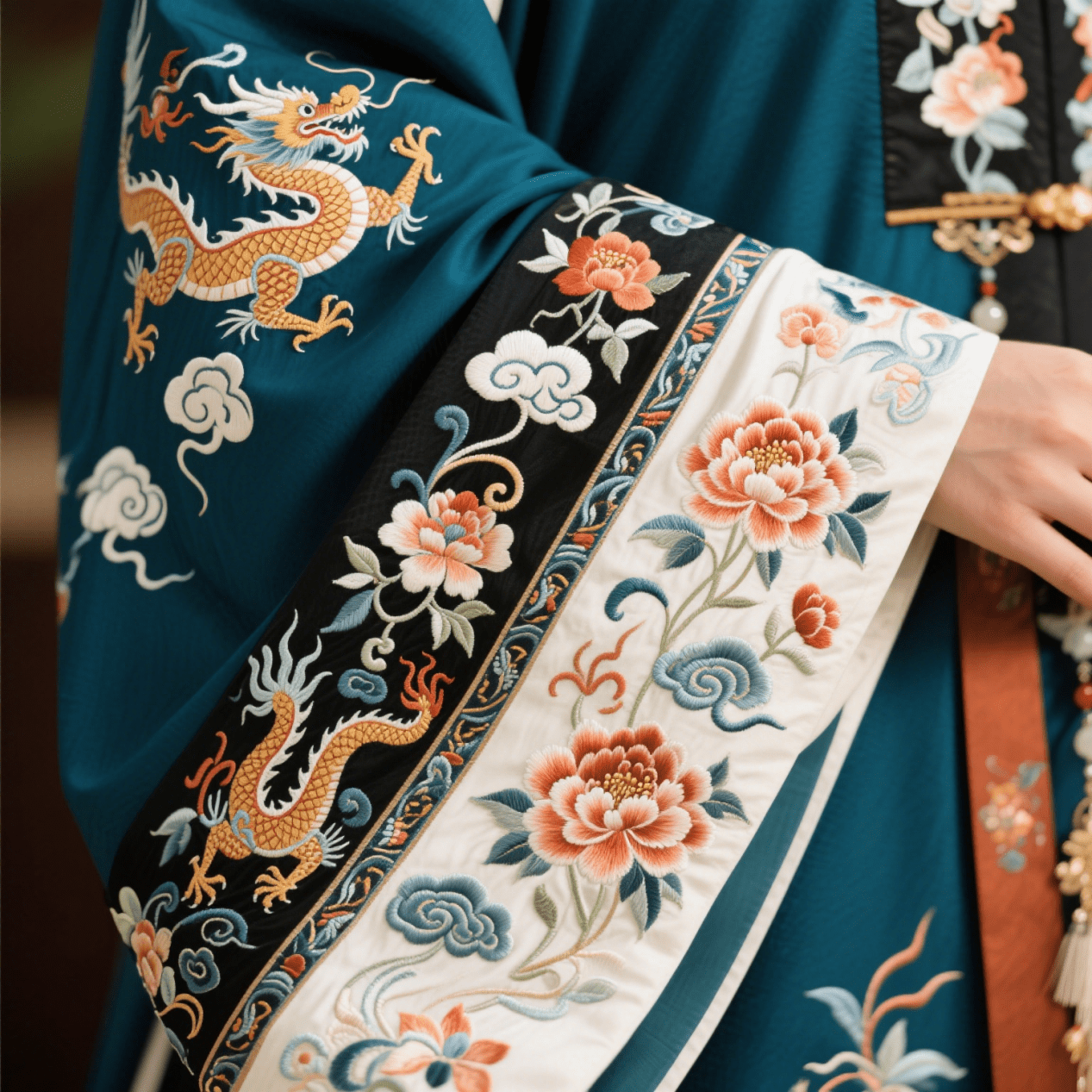
Why Hanfu is More Than Just a Beautiful Outfit
When you see Hanfu—the flowing robes, delicate embroidery, and vibrant colors—you might first admire its elegance. But did you know that every stitch, pattern, and motif carries deep meaning? Traditional Hanfu is filled with lucky symbols (吉祥图案, jíxiáng tú’àn), each telling a story of prosperity, love, health, and good fortune.
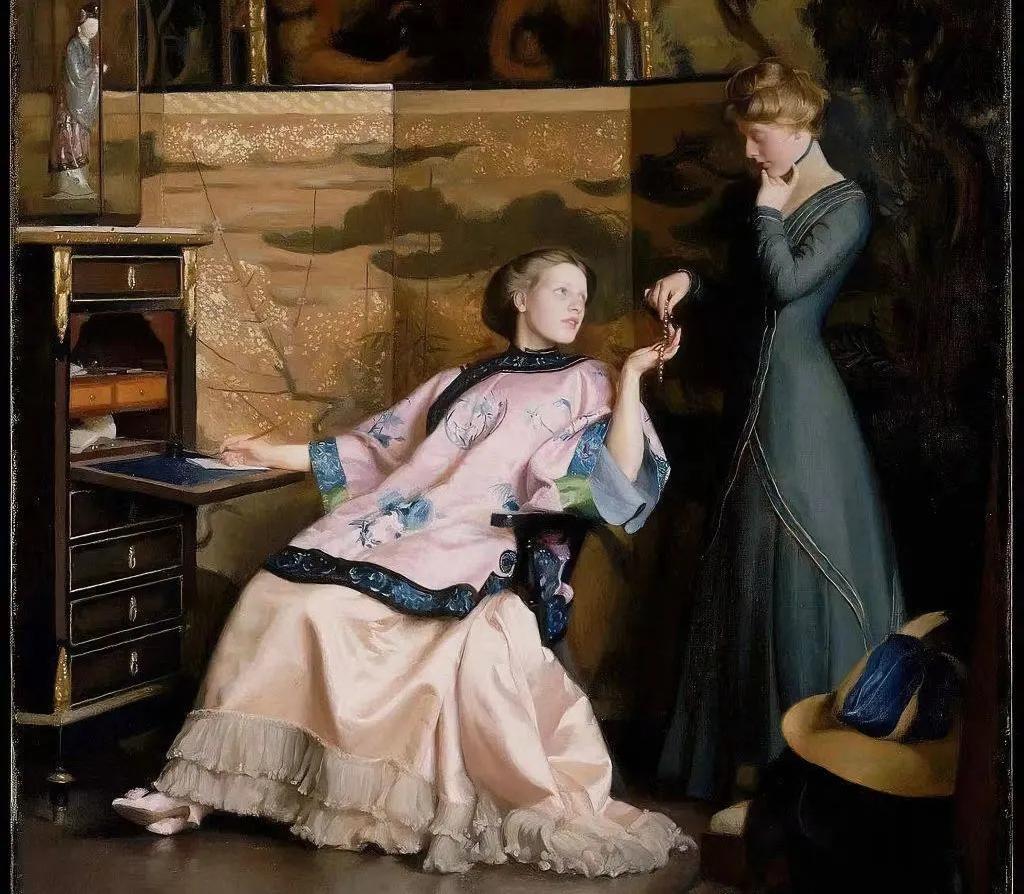
Hanfu from ancient China and Victorian fashion from 19th-century Britain—represent the highest points of elegance and symbolism in their respective cultures.
While they developed oceans apart, these two styles share surprising similarities in their aesthetic ambitions, cultural meanings, and even the way they’re being revived today.
Let’s explore a side-by-side comparison of Hanfu and Victorian fashion—what they reveal about history, beauty, and identity.
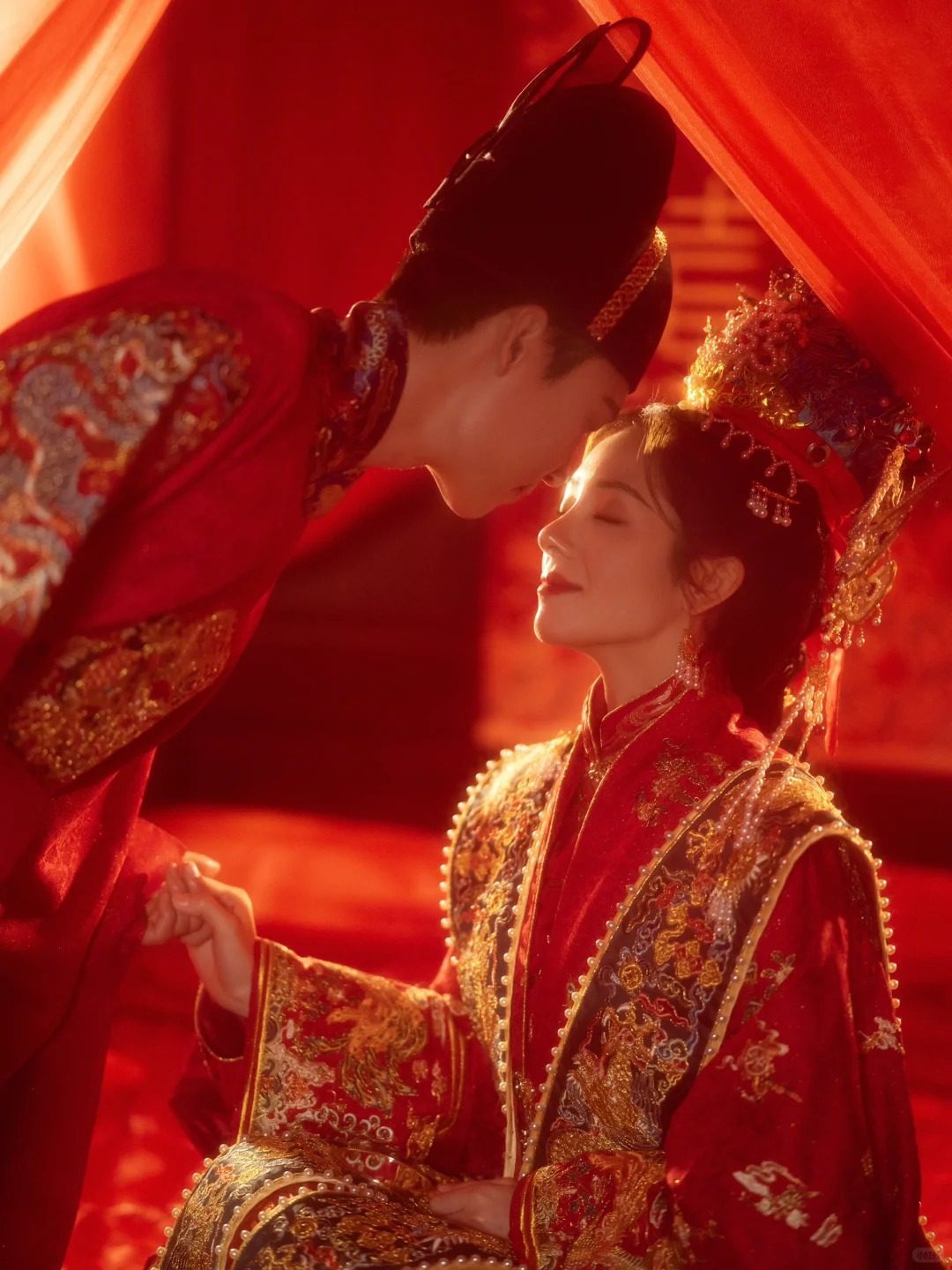
Marriage is one of life’s most important milestones. In ancient China, a wedding was not only the union of two individuals but also a continuation of culture, ritual, and family tradition. Wedding attire and ceremony evolved with the times, yet regardless of the dynasty, wedding garments always held deep symbolic significance. From the Pre-Qin era to the Ming and Qing dynasties, the styles, colors, materials, and accessories of ancient wedding attire reflected the aesthetics and values of their times. This article explores the evolution of ancient Chinese wedding attire and the rich cultural meanings embedded within.
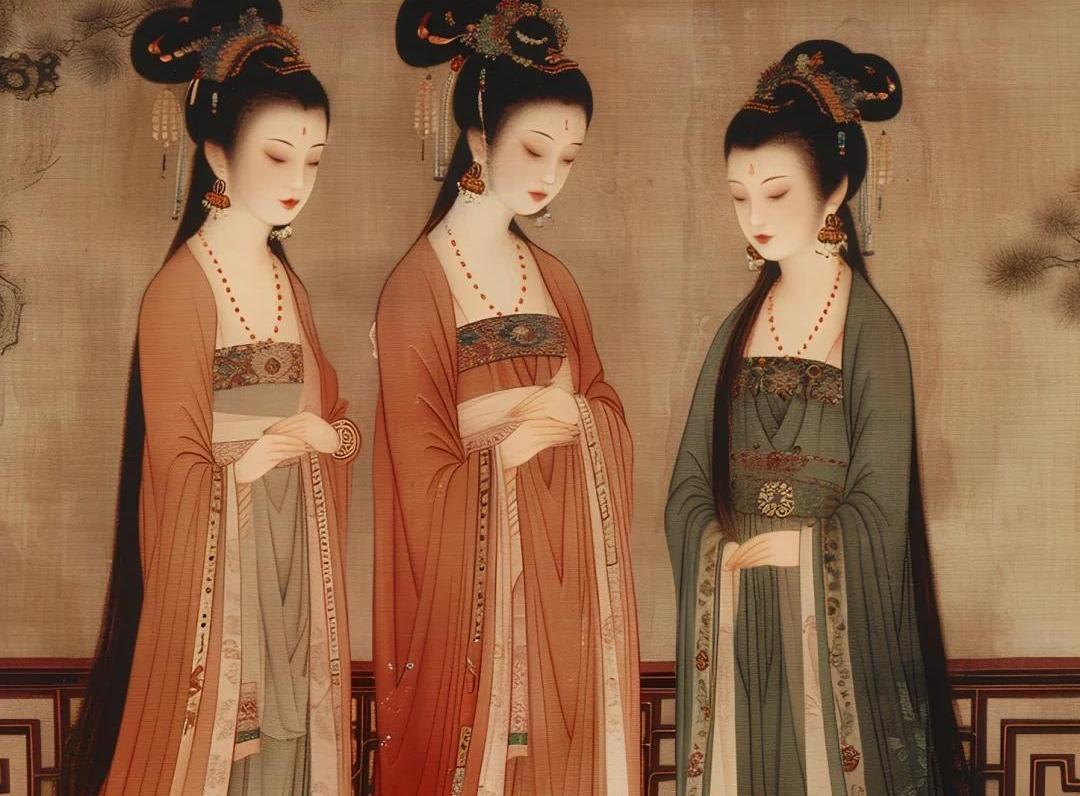
Look at the Sleeves, Read History
Have you noticed that the sleeves of women in costume dramas are sometimes wide and sometimes narrow? This is not a random design! From the Pre-Qin Dynasty to the Ming and Qing Dynasties, the changes in women’s sleeves are like a code book, hiding the secrets of their changing status. Behind the tight sleeves are the hands working, and the wide sleeves may hide the ambition of rebellion. Let’s unlock these “sleeve codes” and see how ancient women used clothes to fight for freedom.
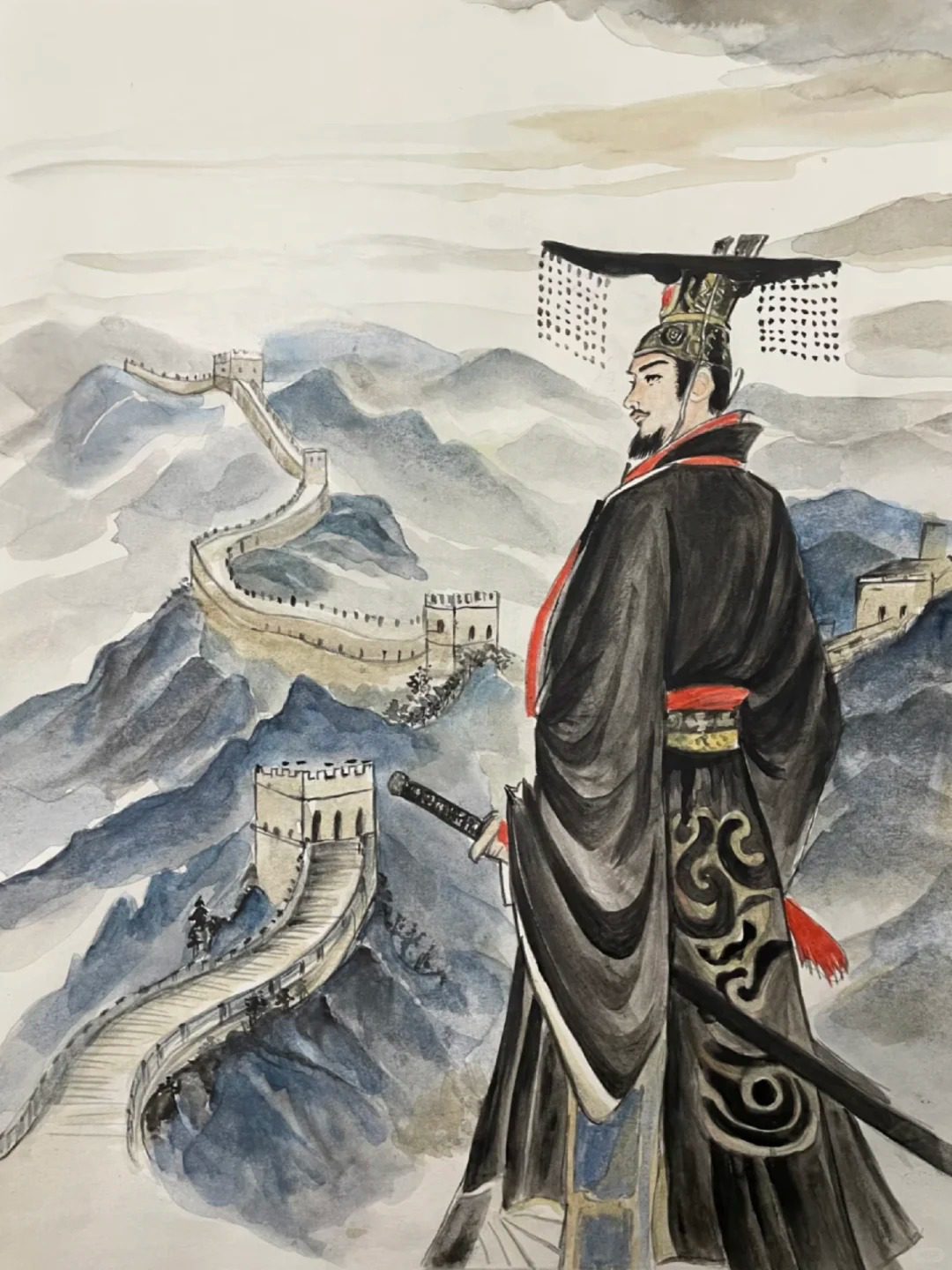
He unified the six kingdoms and created a great unification;He burned books and buried scholars, and built the Great Wall.Some people respect him as a model emperor, while others call him a tyrant of all time.For thousands of years, he has been the focus of controversy. Today, let’s talk about the most complicated emperor in Chinese history – Qin Shihuang. He ended the chaos and unified ChinaIn the smoke of the Warring States Period, Qin Shihuang swept across the world, destroyed Han and Zhao, attacked Wei and took Yan, swallowed Qi and Chu, and completed an unprecedented feat with iron-blooded means – the first real unification in Chinese history. He […]

Imagine walking into a royal party in 12th-century China. The most fashionable women there aren’t just wearing pearls—they’ve glued them directly onto their faces. This was the “pearl makeup” trend of the Song Dynasty, and it’s way cooler than it sounds. Let’s break down why this ancient beauty hack was revolutionary!

When discussing Tang Dynasty fashion, people often envision luxurious wide-sleeved robes and brightly colored skirts. However, a closer look at Tang Dynasty paintings, especially Zhou Fang’s Court Ladies Adorned with Flowers, reveals a bold fashion phenomenon—the “underwear as outerwear” trend. In modern fashion, this concept is considered avant-garde, yet over a thousand years ago, it was already a popular style among noblewomen in the Tang Dynasty. Today, let’s explore this trend through Court Ladies Adorned with Flowers, analyzing how Tang women used “underwear as outerwear” to express their individuality and embrace an open-minded fashion culture. Artwork Analysis: Clothing Features in Court Ladies Adorned with Flowers Court Ladies Adorned with Flowers […]